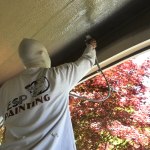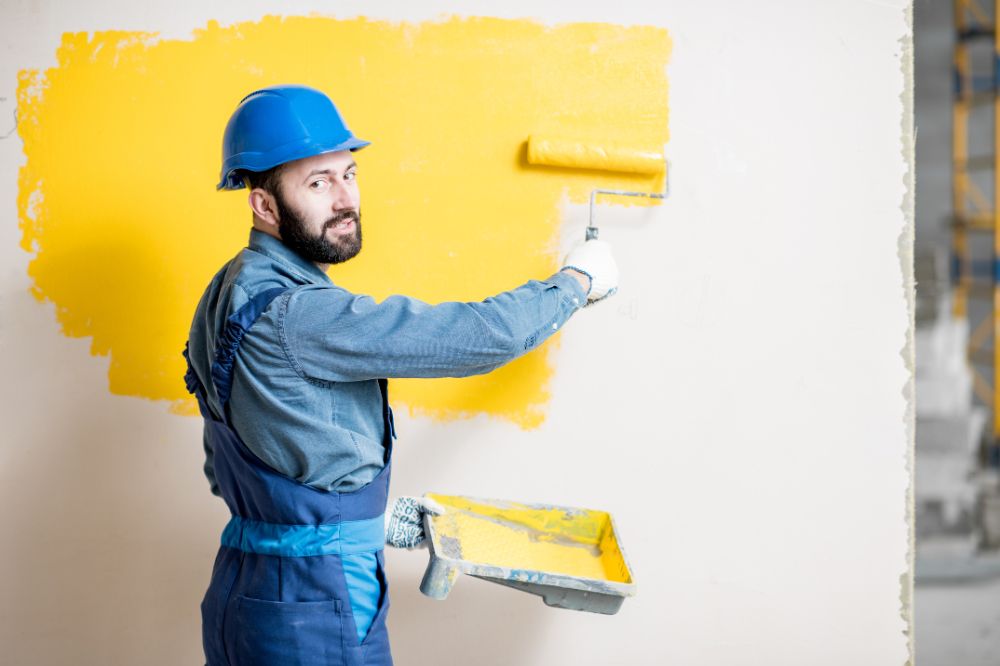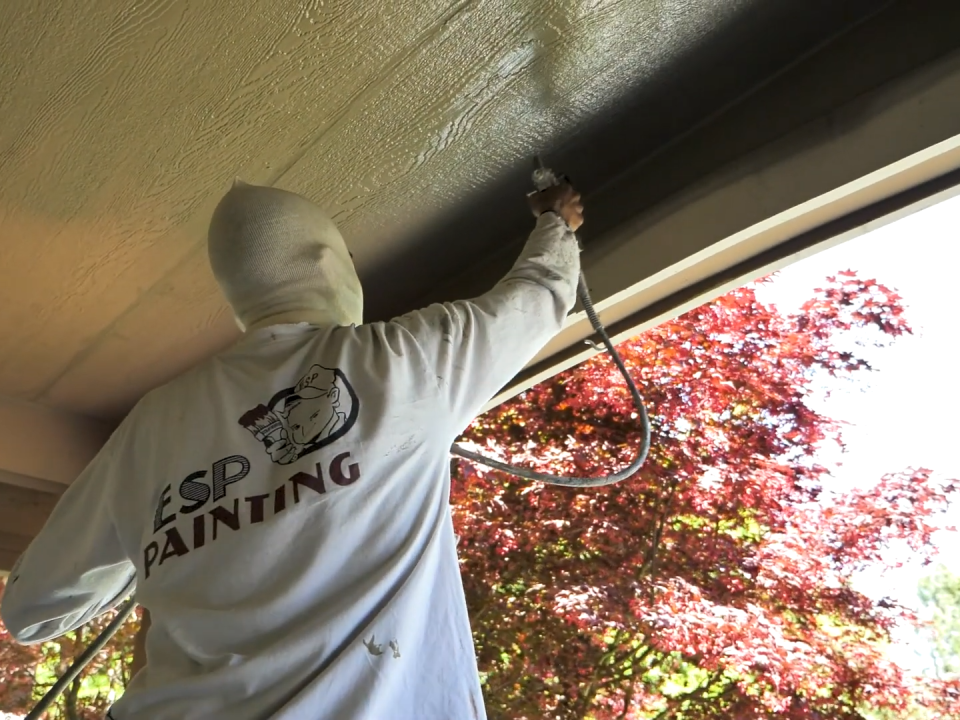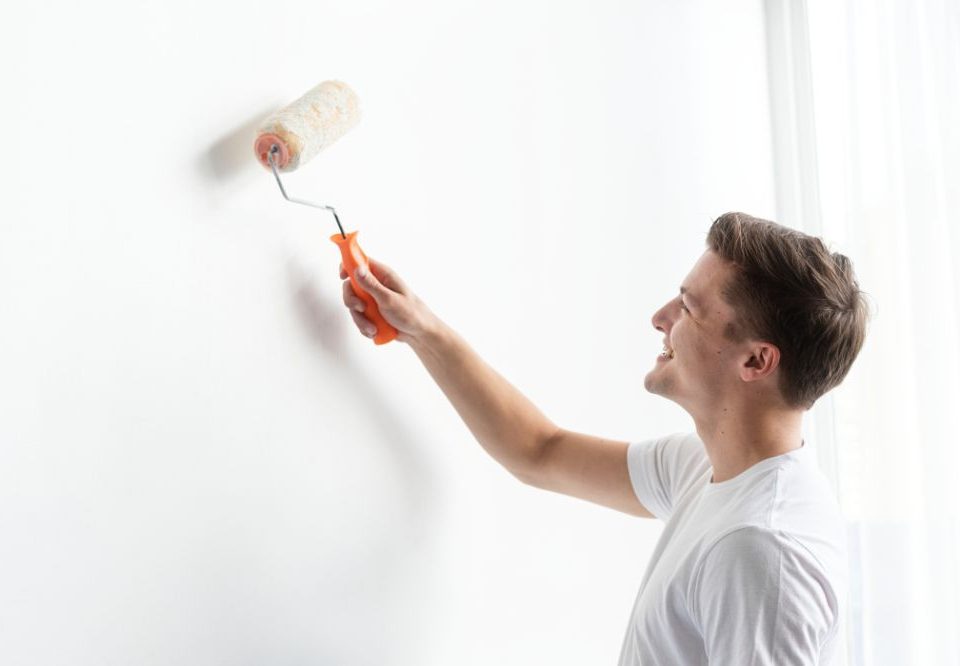
Benefits of Using Eco-Friendly Paint for Healthier Indoor Air
September 24, 2025
How to Refresh Your Space with Minimal Disruption
November 28, 2025Starting a home painting project is exciting, but it also brings up questions. How long will it take? What should you do to get ready? How much of your daily life will be disrupted? These are common concerns, and the answers depend on understanding the painting process.
When you hire professional painters, the job is handled in a structured way. Each step has a purpose, from preparation to cleanup. Knowing these steps makes it easier to prepare your home and helps you feel confident while the work is happening.
Let’s take a closer look at the main things you can expect during a professional painting project.
Things to Expect During a Professional Painting Project
Initial Walkthrough and Planning
The first step is the walkthrough. This is when the painting crew looks over your rooms, talks with you about colors, and checks for any areas that may need special care. They will also confirm the expected duration of the project.
This stage is important because it sets expectations on both sides. If you have furniture you don’t want moved or areas that need extra attention, this is the best time to point it out. You’ll also get a chance to ask questions about paint types, finishes, or scheduling. Clear communication here makes the rest of the project smoother.
Protecting Furniture and Floors
Before painting begins, painters protect your belongings. Furniture is moved away from the walls, and drop cloths or plastic covers are placed over larger pieces. Floors are also protected with sheets or paper.
This step prevents spills and dust from damaging your home. It also gives the crew space to move freely, which makes the job faster and safer. Even smaller items like lamps, electronics, or wall decorations are usually removed or covered. Taking the time to do this prep work saves frustration later.
Surface Preparation
Once your belongings are protected, the focus shifts to wall prep. Clean, smooth surfaces are the foundation for long-lasting paint. Prep work usually involves filling holes, patching cracks, sanding rough areas, and cleaning surfaces to remove dirt or grease.
In some cases, primer is applied. This is especially common when painting over dark colors, water stains, or newly patched sections. Primer creates an even base so that the topcoat looks smooth and vibrant. Without this step, paint can appear blotchy or wear out sooner.
Taping and Edging
Professional painters don’t rush when it comes to details. Taping is one of those detail-oriented steps. Crews apply painter’s tape around trim, windows, doors, and outlets to create sharp lines.
Sometimes, skilled painters can cut edges by hand without tape, but taping adds extra protection and helps produce consistent results. It also protects areas like light switches or cabinet edges from accidental smudges. Clean edges are a big part of what makes professional work stand out.
Applying the First Coat
The first coat of paint is where the walls begin to transform. Painters usually follow a set order—ceilings first, then walls, and finally trim.
The first coat doesn’t always look perfect. Its main purpose is to establish coverage and act as a base for the second coat. Depending on the size of the room, this stage may take several hours. Once complete, drying time is required before the next layer. Homeowners should expect some areas to look uneven at this point—it’s normal and part of the process.
Applying the Second Coat
The second coat is when the color comes to life. It adds depth, smooth coverage, and durability. For bold or deep colors, a third coat may be added, but in most homes, two coats are enough.
During this step, painters check for thin spots or uneven areas and fix them as they go. Experienced painting contractors know how to make sure the finish looks consistent from every angle.
Daily Cleanup and Safety
For projects that last more than a day, daily cleanup is part of the process. The team gathers their tools, puts away brushes and rollers, and keeps the space safe for you to move through.
While furniture may stay covered until the end, walkways and entry points remain clear. This helps you continue living in your home with as little disruption as possible. Many homeowners are surprised by how tidy a professional crew keeps the space, even while the job is still underway.
Final Walkthrough and Touch-Ups
At the end of the project, the painters invite you to do a walkthrough. This is your opportunity to review the results, ask questions, and request any necessary touch-ups.
The crew then removes tape, clears away covers, and moves your furniture back into place. By the time they finish, your rooms feel fresh, clean, and ready to enjoy. A good final walkthrough ensures that nothing is missed and that you are satisfied with the finished project.
Wrap Up!
A professional painting project follows clear stages: planning, protecting, preparing, painting, cleaning, and reviewing. Each step is designed to protect your home while delivering results you can enjoy for years.
If you’re planning a project in Beaverton or the surrounding area, ESP Painting can guide you from the first walkthrough to the final touch-up. Our team ensures a smooth, safe, and professional process. So you can focus on enjoying your updated space.

Jeff Sommers is a vibrant and experienced professional, having been at the helm of ESP Painting, Inc. for 27 remarkable years. As President, he has become an esteemed leader in the Commercial & Residential Construction industry in Oregon, United States. His experience has seen him gain valuable insight and knowledge, making him an invaluable asset to ESP Painting and its customers. With a bubbly personality and upbeat attitude, Jeff always looks ahead to the future as he continues his leadership journey toward success.





